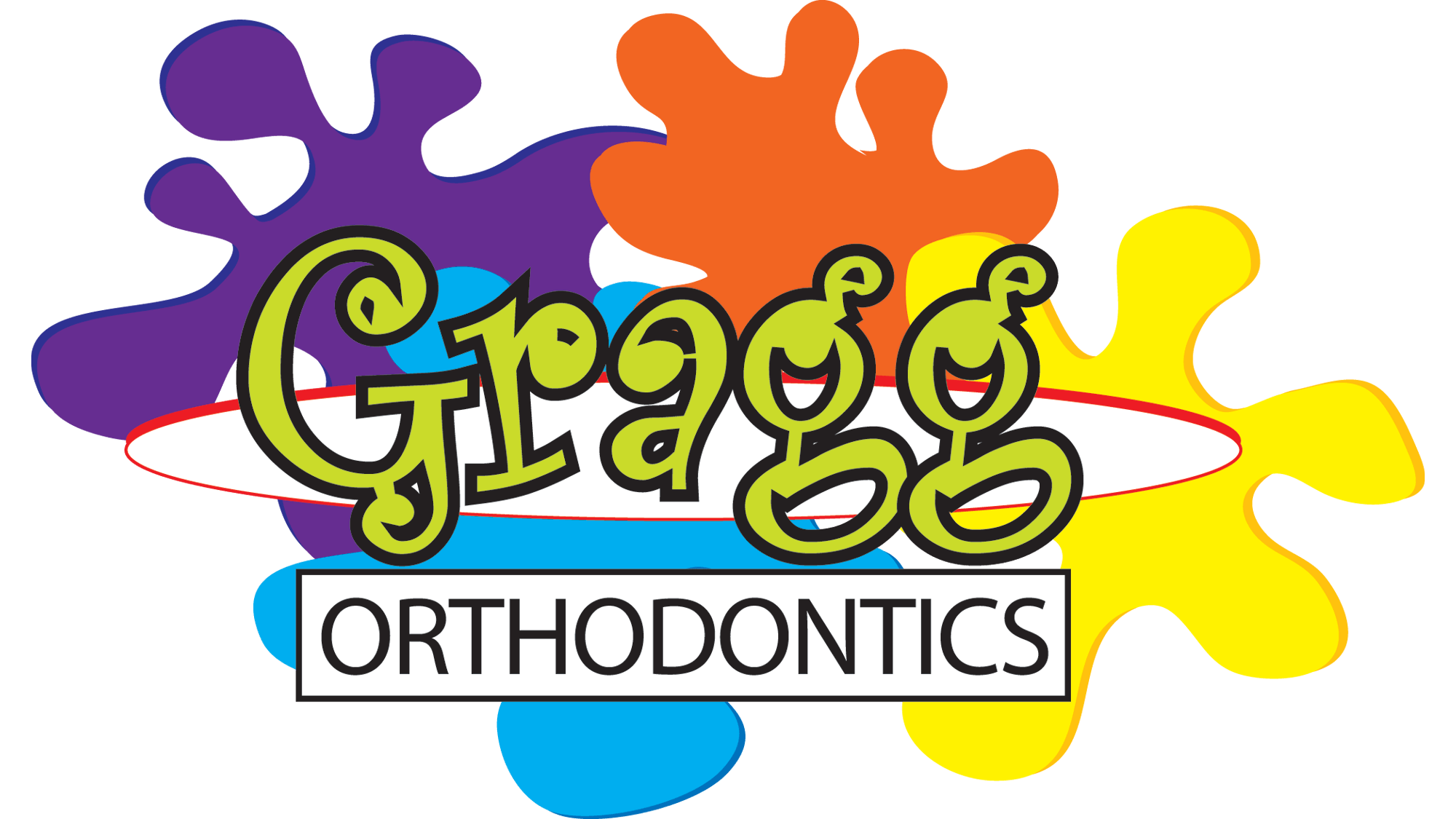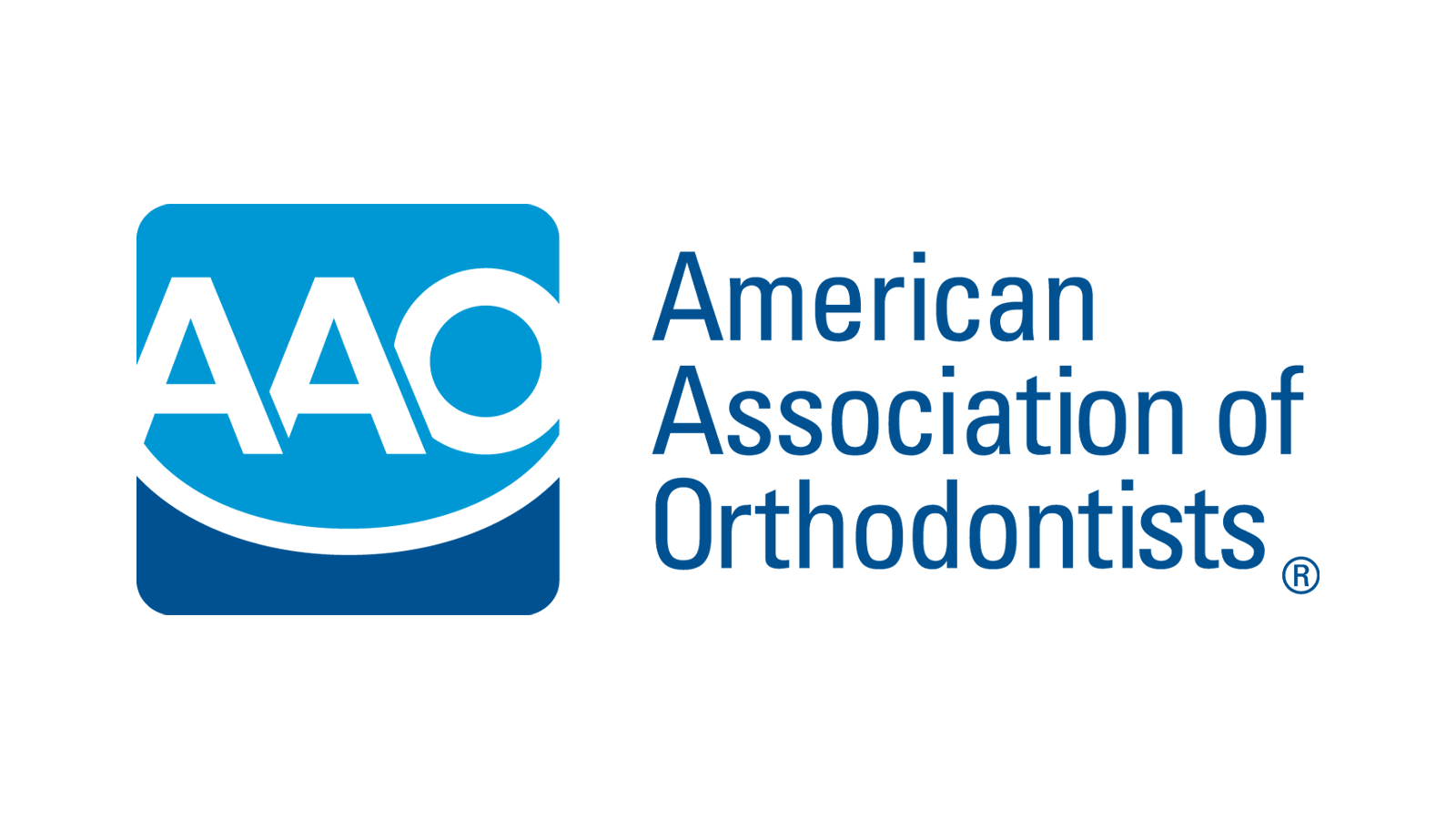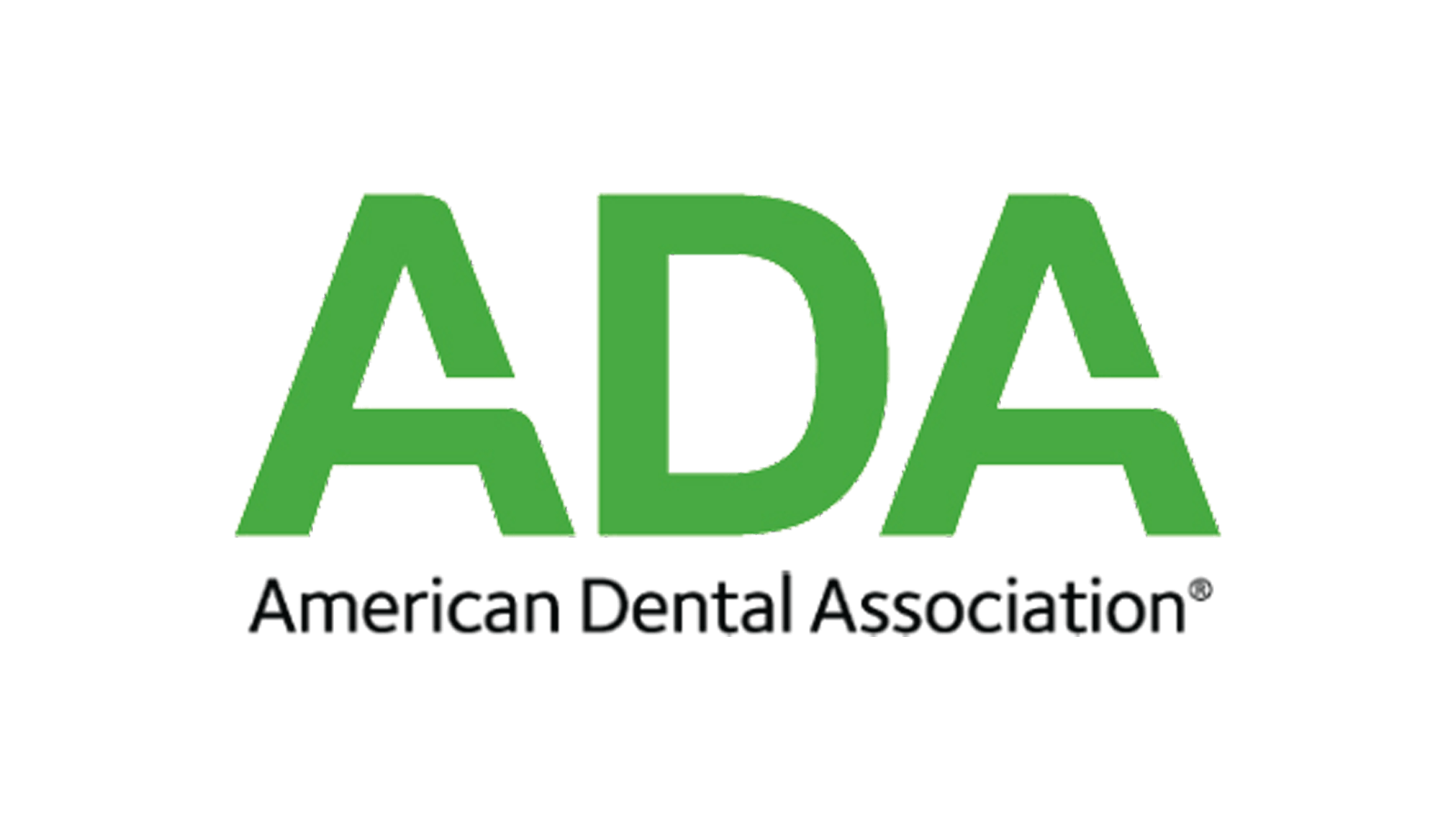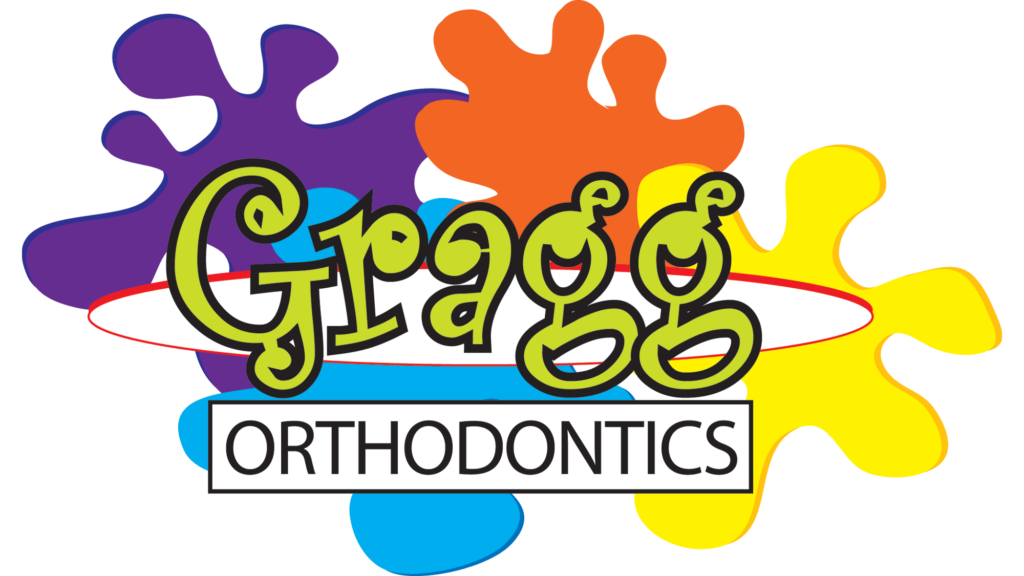So, you’ve got braces – congrats on taking the first step towards a dazzling smile! But now, you might be wondering, “How do I keep my teeth clean with all this extra hardware?” It’s a fair question and one that’s super important.
Proper oral hygiene with braces can be a bit tricky, but it’s crucial for preventing cavities, gum disease, and keeping your orthodontic treatment on track.
In this guide, we’ll walk you through everything you need to know about brushing your teeth with braces. From the basics to common mistakes to avoid, we’ve got you covered.
At Gragg Orthodontics, we know that maintaining a clean and healthy mouth is key to achieving the best results from your braces. Let’s dive in and make sure your journey to a perfect smile is as smooth and clean as possible!
The Basics of Brushing with Braces
Brushing your teeth is always important, but it becomes even more critical when you have braces. Those brackets and wires can create nooks and crannies where food particles and plaque love to hide, making it easier for cavities and gum disease to develop.
Here are the basics you need to know to keep your teeth and braces clean:
- Soft-Bristled Toothbrush: A soft-bristled toothbrush is gentle on your braces and gums while effectively cleaning your teeth. You can use a manual toothbrush or an electric one, whichever you prefer.
- Fluoride Toothpaste: Fluoride toothpaste helps protect your teeth against cavities by strengthening the enamel. Make sure to use a toothpaste with fluoride to give your teeth the best defense.
- Interdental Brush or Proxabrush: These small brushes are designed to clean between your braces and teeth, reaching areas that your regular toothbrush might miss. They’re great for removing food particles and plaque from around brackets and wires.
- Floss or Floss Threaders: Flossing with braces can be challenging, but it’s essential. Floss threaders can help guide the floss under the wires, making it easier to clean between your teeth.
- Mouthwash: An antibacterial mouthwash can help reduce plaque and prevent gum disease. It’s a great addition to your oral hygiene routine, especially when you have braces.
Now, let’s move on to the step-by-step guide on how to brush your teeth with braces!
Step-by-Step Guide on How to Brush Your Teeth with Braces
Brushing your teeth with braces might seem a bit daunting at first, but with the right technique, it becomes second nature.
Here’s a step-by-step guide to help you keep your teeth sparkling clean:
Step 1: Rinse Your Mouth
Before you start brushing, give your mouth a good rinse with water. This helps to loosen and remove any food particles stuck in your braces, making brushing more effective.
Step 2: Choose the Right Toothbrush
Use a soft-bristled toothbrush to gently clean your teeth and braces. You can also use an electric toothbrush if you prefer. Make sure the brush head is small enough to maneuver around your braces.
Step 3: Apply Fluoride Toothpaste
Squeeze a pea-sized amount of fluoride toothpaste onto your toothbrush. Fluoride helps strengthen your tooth enamel and protects against cavities.
Step 4: Start Brushing at the Gumline
Hold your toothbrush at a 45-degree angle to the gumline. Gently brush along the gumline where your teeth and gums meet. Use small, circular motions to clean this area thoroughly, as it’s prone to plaque buildup.
Step 5: Clean Around Brackets and Wires
Next, focus on cleaning around the brackets and wires. Angle your toothbrush to brush above and below each bracket, making sure to clean the front, back, and chewing surfaces of each tooth. Pay special attention to the areas where the brackets attach to your teeth.
Step 6: Brush All Surfaces of Your Teeth
Brush the outer surfaces, inner surfaces, and chewing surfaces of all your teeth. Take your time to ensure you’re cleaning every part of your mouth. Don’t forget to brush your tongue as well, as it can harbor bacteria.
Step 7: Use an Interdental Brush or Proxabrush
An interdental brush or proxabrush can help clean the spaces between your braces and teeth. Gently insert the brush under the wire and between the brackets to remove any remaining food particles and plaque.
Step 8: Floss Your Teeth
Flossing with braces can be tricky, but it’s essential for maintaining good oral hygiene. Use a floss threader to guide the floss under the wires. Gently floss between your teeth, making sure to clean along the sides of each tooth and under the gumline.
Step 9: Rinse and Check Your Teeth
After brushing and flossing, rinse your mouth with water or an antibacterial mouthwash to remove any remaining debris. Finally, check your teeth and braces in the mirror to ensure they’re clean and free of food particles.
By following these steps, you’ll keep your teeth and braces in great shape, preventing cavities and gum disease during your orthodontic treatment.
Common Mistakes to Avoid
Brushing your teeth with braces can be challenging, but avoiding some common mistakes can make a big difference in maintaining your oral health. Here are some pitfalls to watch out for:
- Skipping Brushing Sessions: It might be tempting to skip brushing when you’re tired or in a rush, but consistency is key.
- Using the Wrong Type of Toothbrush: Using a hard-bristled toothbrush can damage your braces and irritate your gums.
- Brushing Too Hard or Not Enough: Brushing too hard can damage your gums and enamel, while not brushing enough can leave plaque and food particles behind.
- Ignoring the Gumline: The gumline is a common area where plaque can build up, leading to gum disease.
- Neglecting to Use Interdental Brushes or Floss: Regular toothbrushes can’t reach all the nooks and crannies around your braces.
- Eating the Wrong Foods: Certain foods can damage your braces and make it harder to keep your teeth clean.
- Skipping Regular Orthodontic Check-Ups: Regular visits to your orthodontist are essential for monitoring your progress and ensuring your braces are functioning correctly.
- Not Rinsing After Brushing: Rinsing your mouth after brushing helps remove any remaining toothpaste and debris.
Avoiding these common mistakes will help you maintain excellent oral hygiene throughout your orthodontic treatment.
Conclusion
Brushing your teeth with braces might require a bit more effort, but it’s essential for maintaining your oral health and ensuring the success of your orthodontic treatment. By following the right techniques and avoiding common mistakes, you can keep your teeth and gums healthy throughout your journey to a perfect smile.
Remember, consistency is key. Make brushing and flossing a regular part of your daily routine, and don’t forget to use the tools and techniques we’ve discussed. At Gragg Orthodontics, we’re here to support you every step of the way, providing personalized advice and care to help you achieve the best results.
If you ever have questions or need additional guidance on how to brush your teeth with braces, don’t hesitate to schedule a consultation with us!








